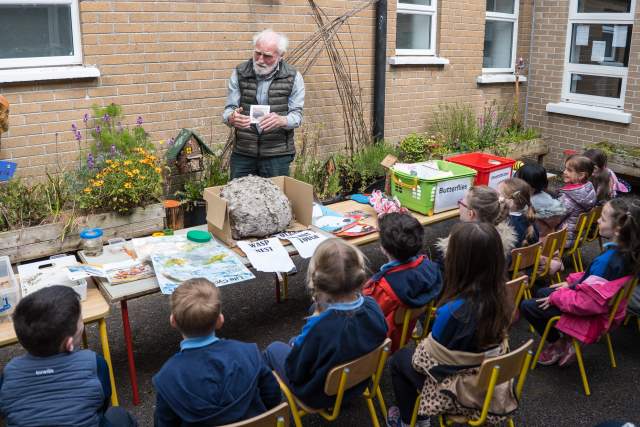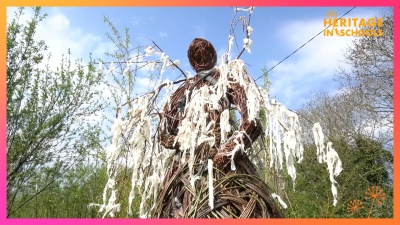A practical guide for teachers and other education practitioners who wish to bring nature, native habitats and biodiversity into the school grounds. The book aims to help with the planning, design, creation and use of an organic school garden with and for students.
Read moreRead less
It demonstrates the huge possibilities of designing and developing the school grounds into a highly stimulating and interactive educational resource, with organic food production and biodiversity as its central themes.
The book has unlimited cross-curricular potential. It particularly ties in with Social, Environmental and Scientific Education (SESE), Social, Personal and Health Education (SPHE), Wellbeing, Art, Languages, History and Maths.
It sets out practical projects on growing local food, creating biodiversity and native habitats in the school grounds, and encourages healthy eating, nature-based activities and getting students active.
Available to order from the following sites:

























